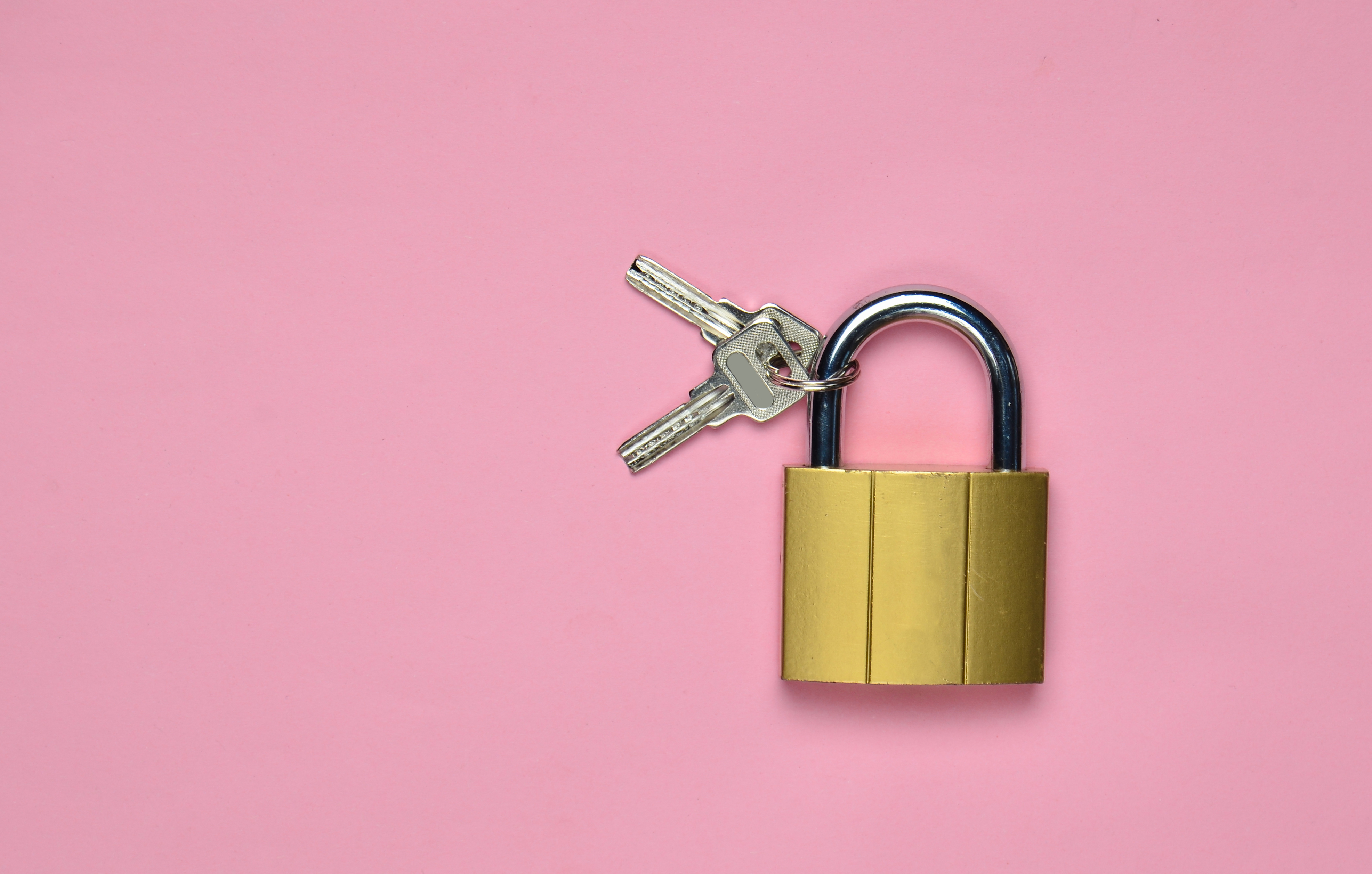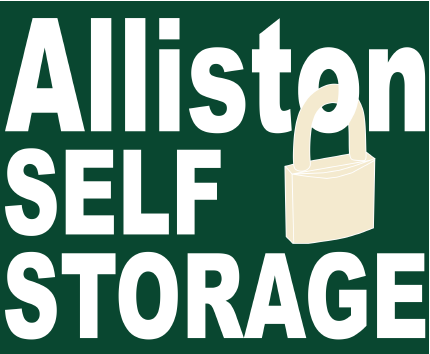Maybe you’ve never even heard of it before. Maybe you’re not sure how it works, or whether it’s worth the investment. Secure storage can be a fantastic tool if you use it effectively, and this guide will walk you through everything you’ll ever need to know about it.

A Basic Introduction
Secure self-storage is what it sounds like: a unit for storing your own personal items, secured by a lock or some other type of security equipment. Units are typically found in large facilities and are rented on a monthly basis. There are many different sizes of storage units, ranging from those only slightly bigger than a closet to massive 300 square foot rooms.
History of Secure Storage
People have always had personal belongings, and this question of how to keep and store them has been constantly addressed throughout the progression of history. While there are anecdotal suggestions that self-storage originated in China, some of the first concrete evidence of public self-storage comes from Roman horreums. Horreums eventually became synonymous with granaries, since they were popularly used to store food items, but members of the public were also able to keep their valuables, such as art, money, or other valuables.
Self-storage, as it’s known in modern terms, developed in the 1960s in Texas, when ambitious entrepreneurs built a chain of garages and proceeded to rent out the extra space. As the industry has grown and been refined, self-storage units today feature interior lighting, climate controls, and advanced security measures.
What Makes This Storage “Secure”?
Minimally, a storage unit is typically secured with a physical lock, which may either be supplied by the renter or bought from the storage facility. However, as technology has progressed, more comprehensive security measures are frequently employed to help protect clients’ belongings. At Alliston Self-Storage, for example, our storage facility is fully fenced, monitored by video surveillance, and access is granted only by a personal code at our computerized gate.
How to Use Your Unit Effectively
The most popular use for storage units is, by far, a place to store personal belongings that may not fit in a client’s home or apartment. Another popular use is as a temporary storage location for belongings when moving from one place to another. However, there are many other possible uses for self-storage units, especially when the space inside is utilized to its full potential. When belongings are thoughtfully placed and organized, a unit can be used year-round for retrieval of items whenever needed, instead of being relegated to a temporary solution.
Businesses can use storage units to keep seasonal or excess stock safely out of the way until needed. Similarly, if furniture needs to be briefly moved out of the way for a physical renovation or expansion to the building, a unit can be rented for a specific amount of time, relieving the need to purchase a long-term solution. Home businesses may find a storage unit to be an invaluable benefit to their work, as the extra space creates the possibility to buy supplies in bulk and store merchandise.
Picking and Packing Your Unit
When selecting a storage company, make sure they are in a place that is convenient for you. If you require only temporary storage for, say, the duration of a move, this is less important, but if you plan to frequently return to and use your unit, you’ll do yourself a favor by making sure you don’t have to travel too far to get there. You’ll also want to make sure that the facility has enough security for your preferences. Don’t be afraid to ask questions about how access is granted and how the grounds are monitored.
You’ll also want to consider what size of unit would be best for you. If you’re not sure how much space your items will require, there are free online space estimators that can give you a custom quote. When in doubt, aim for a unit that is slightly larger than what you think you might need, as this will give you the freedom to leave access aisles throughout your unit for easy retrieval of items.
Packing your unit isn’t an exact science, but there are some guidelines you can follow to make sure you’re using the space well. Heavy items, like refrigerators and mattresses, should be placed at the back and along the walls of your unit. If you have dressers or side tables with empty drawers, you might be able to stash smaller items inside, saving you space.
If you’re planning on visiting your unit often, consider bringing in freestanding shelving units to make things more organized. When you stack items, make sure that the heaviest items are always on the floor, and that any lighter, more delicate items are stacked on top. There’s an impressive amount of vertical space in most storage units, so if you can safely stack higher, take advantage of it.
Is There Anything I Can’t Keep in My Storage Unit?
Storage facilities may have their own unique restrictions, but generally speaking, the following items should not be kept in storage.
- Plants or animals
- Perishable food items
- Combustible items
- Weapons
- Hazardous materials
- Garbage
To learn more about our storage units and our fully secured facility, call us at 705-435-3131 or contact us directly from our website.

